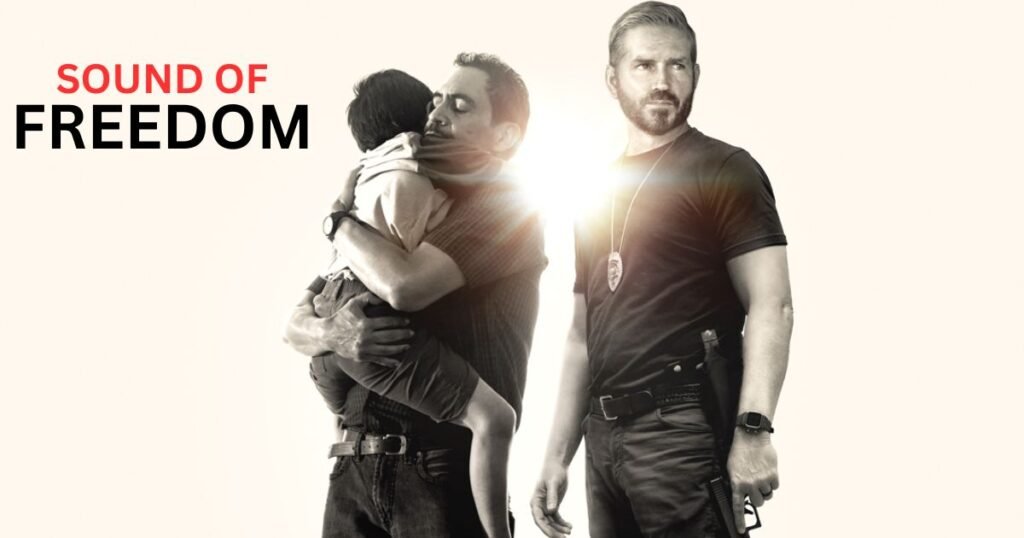In a summer dominated by superhero tentpoles, an indie film about rescuing trafficked kids from Colombian cartels took everyone by surprise. “Sound of Freedom” punched above its weight, grossing over $150 million at the box office. Let’s dive into the cast that brought this harrowing journey to life.
Meet With Sound of Freedom Cast
The film assembles a mix of established stars and fresh faces to tackle the dark world of child trafficking. From Oscar winners to newcomers, each actor brings depth to their role in this gripping real-life story.
Jim Caviezel as Tim Ballard
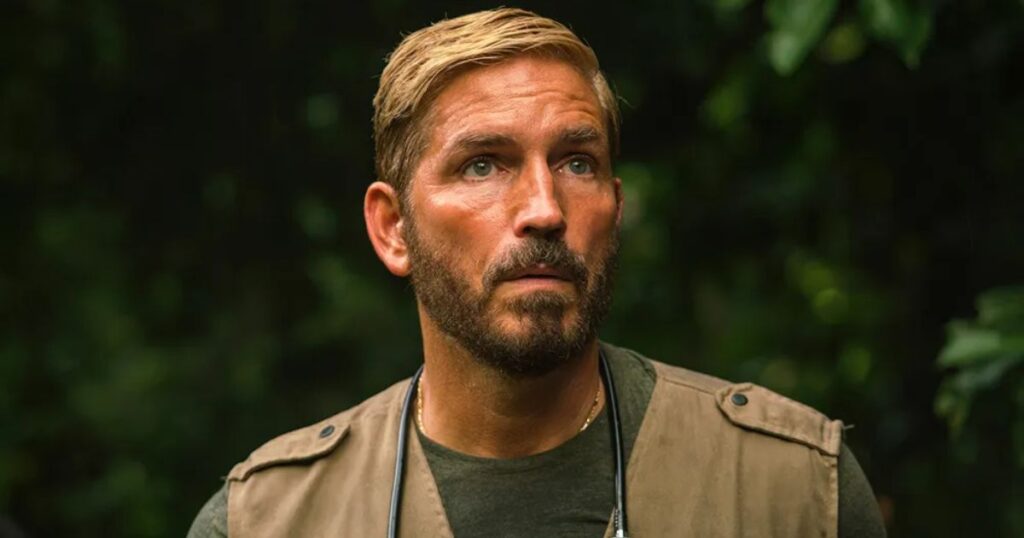
Jim Caviezel, known for his intense portrayals, takes on the role of Tim Ballard, a former Homeland Security agent turned anti-trafficking crusader. Caviezel’s performance captures Ballard’s relentless determination to rescue children from the clutches of traffickers.
Born in Mount Vernon, Washington, Caviezel’s breakout came with “The Thin Red Line” (1998). He gained worldwide recognition as Jesus in “The Passion of the Christ” (2004). In “Sound of Freedom,” Caviezel channels the same fervor into Ballard’s mission.
Caviezel prepared extensively for the role, meeting with the real Tim Ballard to understand the psychological toll of rescue operations. His portrayal balances the character’s unwavering resolve with moments of vulnerability, offering a nuanced look at the emotional cost of fighting human trafficking.
Mira Sorvino as Katherine Ballard

Oscar-winner Mira Sorvino brings gravitas to the role of Katherine Ballard, Tim’s supportive wife. Sorvino’s performance highlights the challenges faced by families of those on the front lines of anti-trafficking efforts.
Sorvino, who won an Academy Award for “Mighty Aphrodite” (1995), has long been an advocate for human rights. Her involvement in “Sound of Freedom” aligns with her off-screen activism against human trafficking.
In the film, Sorvino portrays Katherine as the anchor that keeps Tim grounded. Her scenes, though limited, provide crucial emotional depth to the story, showing the personal sacrifices made in the fight against child exploitation.
Bill Camp as Vampiro
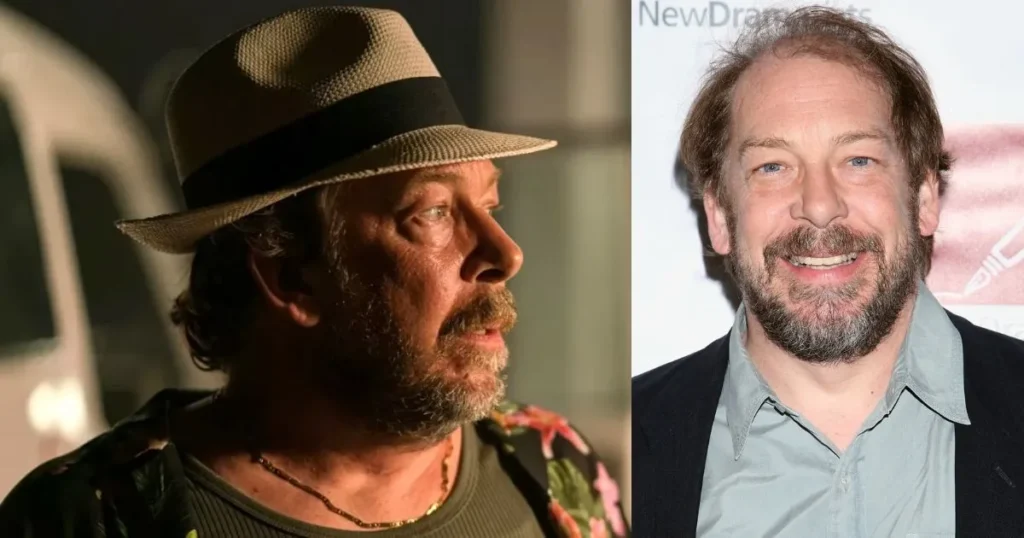
Veteran character actor Bill Camp takes on the complex role of Vampiro, a former cartel accountant seeking redemption. Camp’s nuanced performance brings humanity to a character with a dark past.
Known for his roles in “Joker” and “The Queen’s Gambit,” Camp’s versatility shines in “Sound of Freedom.” He depicts Vampiro’s internal struggle and eventual choice to aid Ballard’s mission with subtle intensity.
Camp’s preparation involved researching cartel operations and speaking with former members who’ve turned their lives around. This dedication shows in his portrayal, adding layers to the film’s exploration of morality and redemption.
Cristal Aparicio as Rocío

Colombian actress Cristal Aparicio makes her American film debut as Rocío, a young trafficking victim. Aparicio’s raw, emotional performance serves as the heart of the film, driving home the human cost of child exploitation.
To prepare for this challenging role, Aparicio worked with child psychologists to understand the trauma experienced by trafficking survivors. Her portrayal avoids sensationalism, instead focusing on Rocío’s resilience and hope.
Aparicio’s scenes with Caviezel are among the film’s most powerful, highlighting the bond that forms between rescuer and rescued. Her performance adds authenticity to the film’s depiction of trafficking victims’ experiences.
Lucás Ávila as Miguel
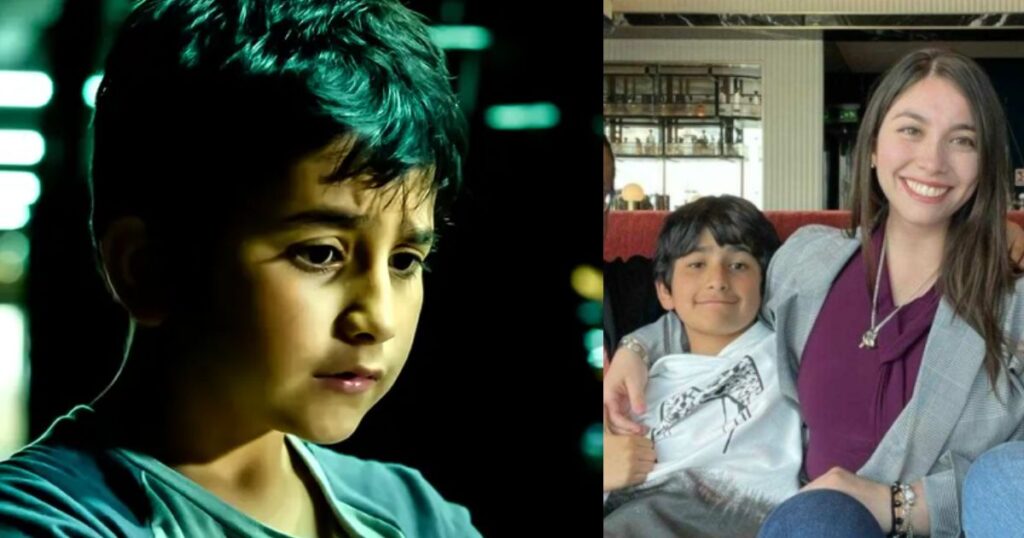
Newcomer Lucás Ávila plays Miguel, Rocío’s brother whose abduction sets the rescue mission in motion. Ávila’s debut performance captures the innocence and fear of a child thrust into unimaginable circumstances.
The young actor’s natural on-screen presence adds to the film’s emotional impact. Ávila’s scenes with Aparicio establish a believable sibling bond, making their separation all the more heart-wrenching.
Director Alejandro Monteverde worked closely with Ávila to ensure he felt safe and supported during the film’s more intense scenes. This care shows in Ávila’s performance, which strikes a balance between vulnerability and resilience.
Javier Godino as Jorge
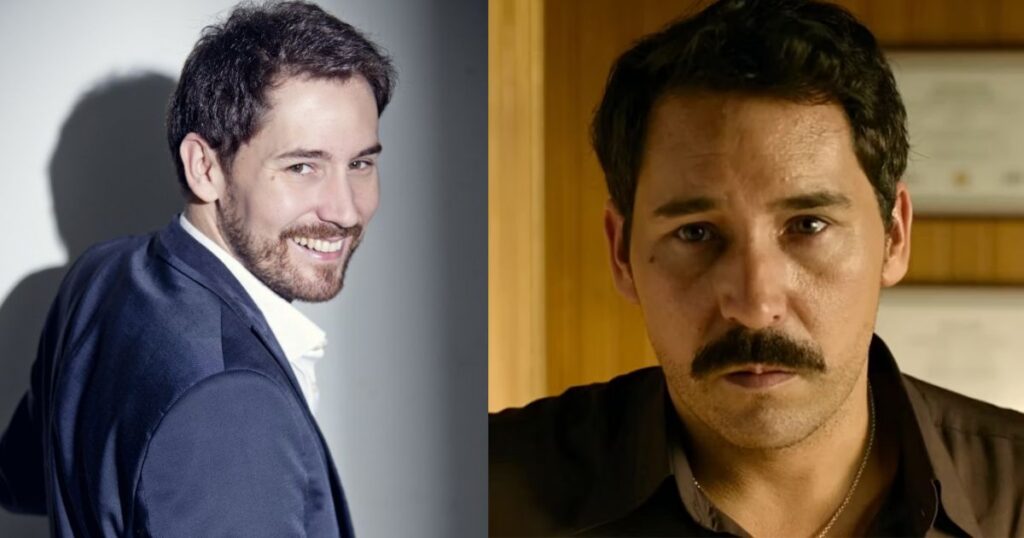
Spanish actor Javier Godino portrays Jorge, a local police officer who aids Ballard’s mission. Godino brings depth to a character caught between his duty as a law enforcer and the corruption surrounding him.
Known for his role in the Oscar-winning “The Secret in Their Eyes,” Godino’s experience in tense dramas serves him well in “Sound of Freedom.” His portrayal of Jorge highlights the challenges faced by those fighting trafficking from within compromised systems.
Godino’s scenes with Caviezel crackle with tension, as Jorge and Ballard navigate the dangers of their rescue operation. His performance adds layers to the film’s exploration of loyalty and moral choices in the face of systemic corruption.
Eduardo Verástegui as Paul
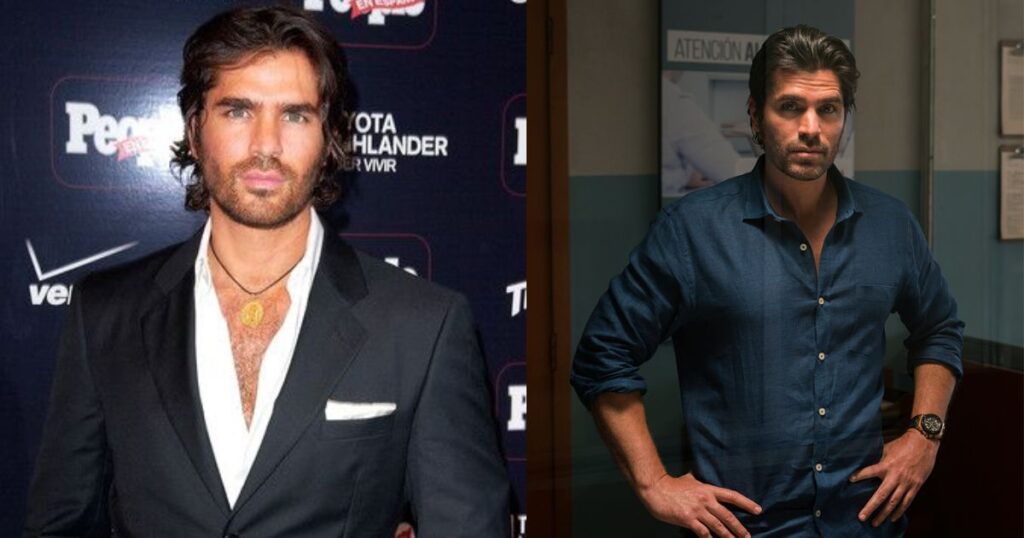
Mexican actor and producer Eduardo Verástegui takes on the role of Paul, the wealthy benefactor funding Ballard’s rogue rescue operation. Verástegui’s charismatic performance adds intrigue to the character’s motivations.
As one of the film’s producers, Verástegui’s passion for the project shines through in his portrayal of Paul. He brings a mix of compassion and determination to the role, embodying the real-world supporters who make such rescue missions possible.
Verástegui’s scenes provide crucial moments of hope amidst the film’s darker elements. His character serves as a reminder of the difference individuals can make in combating human trafficking.
Gustavo Sánchez Parra as El Calacas
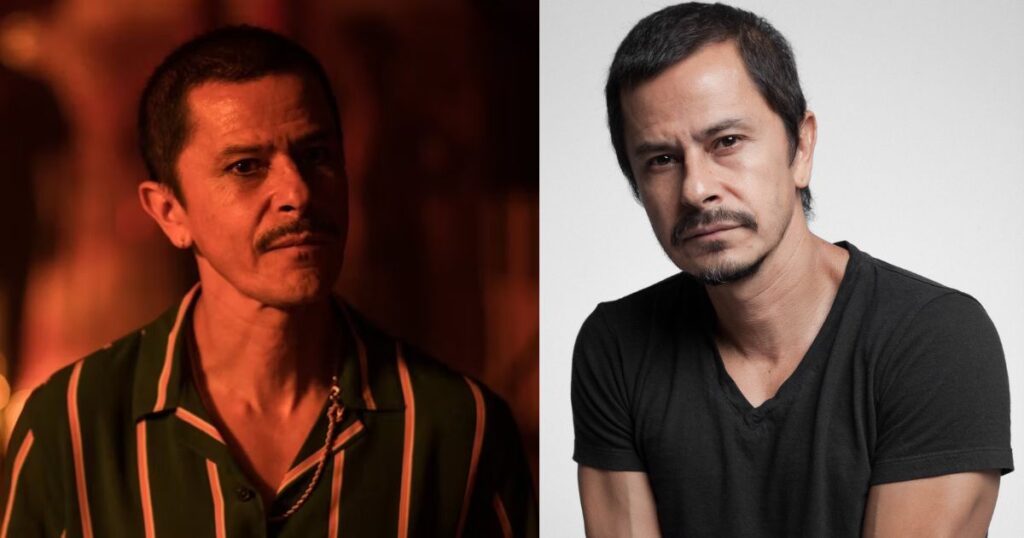
Gustavo Sánchez Parra brings menace to the screen as El Calacas, a key figure in the Colombian trafficking ring. Parra’s intense performance creates a formidable antagonist for Ballard and his team.
Drawing from his experience in films like “Amores Perros” and “The Legend of Zorro,” Parra crafts a villain that’s both terrifying and human. His portrayal avoids caricature, instead presenting El Calacas as a product of a brutal system.
Parra’s scenes with Caviezel are among the film’s most tense, highlighting the high stakes of Ballard’s mission. His performance adds depth to the film’s exploration of the complex web of trafficking operations.
José Zúñiga as Roberto
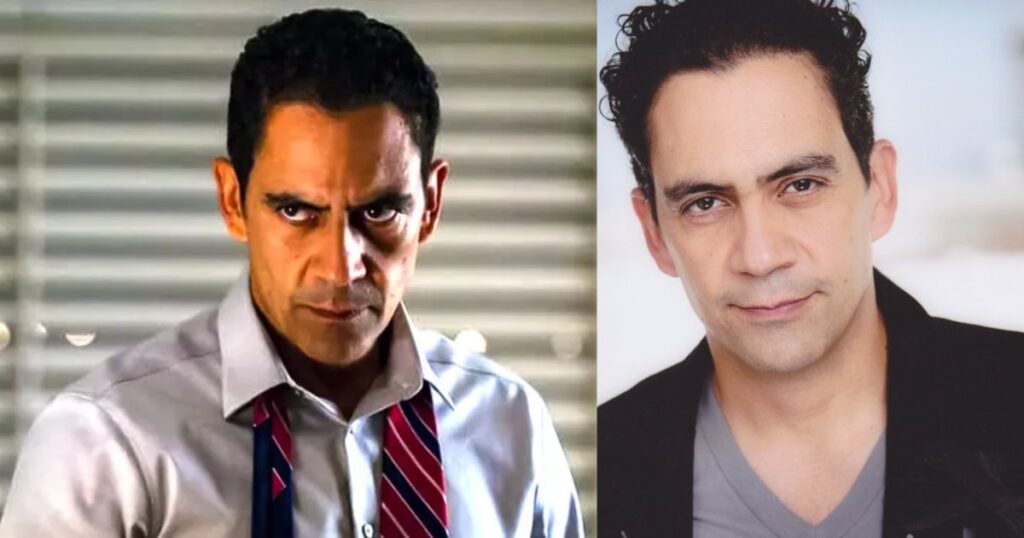
Character actor José Zúñiga plays Roberto, the desperate father searching for his missing children. Zúñiga’s emotional performance grounds the film’s larger narrative in personal stakes.
Known for roles in “Twilight” and “Narcos: Mexico,” Zúñiga brings gravitas to Roberto’s plight. His portrayal captures the anguish of parents whose children fall victim to trafficking, adding urgency to Ballard’s mission.
Zúñiga’s scenes, particularly those with Caviezel, provide some of the film’s most poignant moments. His performance reminds viewers of the real families torn apart by child trafficking.
Gerardo Taracena as El Alacrán
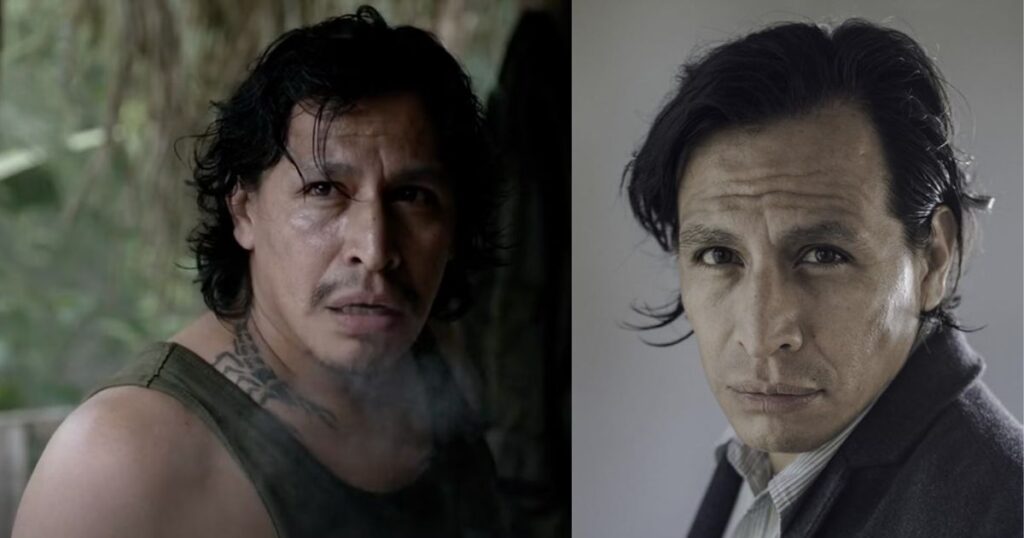
Gerardo Taracena, known for his work in “Apocalypto” and “Narcos: Mexico,” portrays El Alacrán, the ruthless rebel leader and trafficker. Taracena’s chilling performance creates a sense of ever-present danger throughout the film.
Drawing from his experience playing complex antagonists, Taracena crafts a villain that’s as cunning as he is cruel. His portrayal of El Alacrán highlights the brutal reality of cartel operations and their role in human trafficking.
Taracena’s scenes, particularly his confrontations with Caviezel, ratchet up the film’s tension. His performance adds to the authenticity of the film’s depiction of the criminal underworld.
Scott Haze as Chris
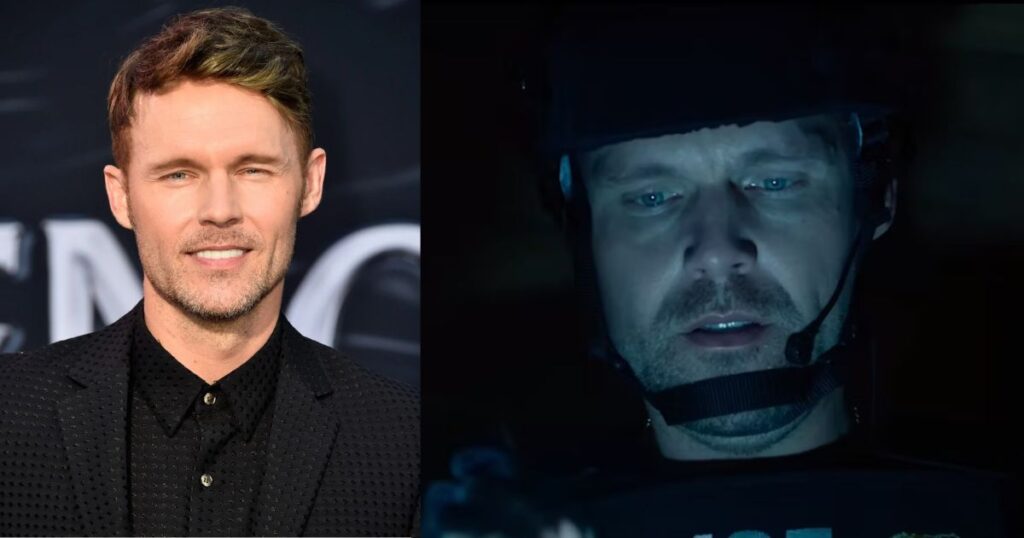
Scott Haze takes on the role of Chris, one of Ballard’s law enforcement colleagues. Haze’s performance adds depth to the film’s exploration of the challenges faced by those working within the system to combat trafficking.
Known for his intense performances in films like “Child of God” and “Venom,” Haze brings a mix of dedication and frustration to Chris. His character highlights the limitations of official channels in addressing the global trafficking crisis.
Haze’s scenes with Caviezel showcase the camaraderie and conflicts within law enforcement circles. His performance adds nuance to the film’s portrayal of the complexities involved in rescue operations.
Kurt Fuller as John Bryant
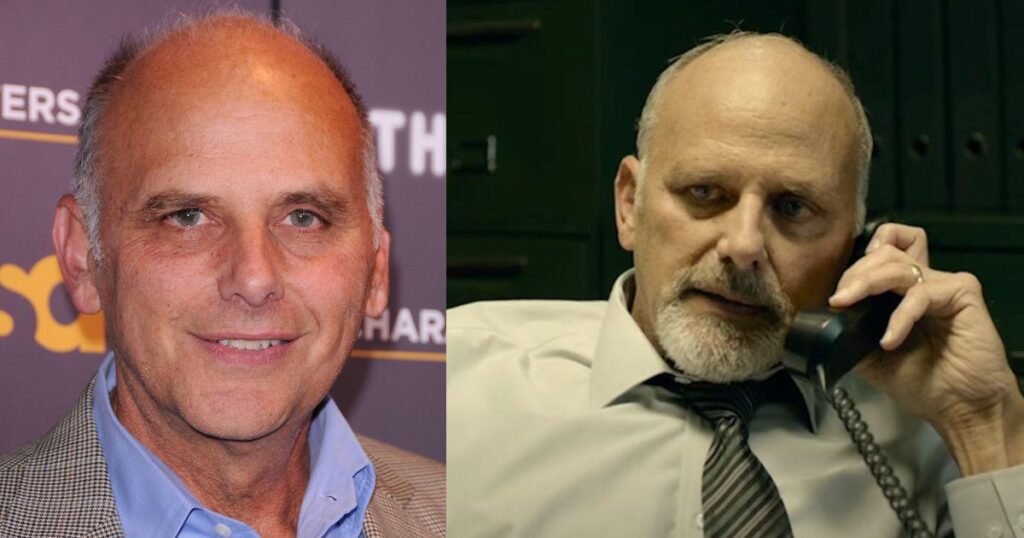
Veteran actor Kurt Fuller portrays John Bryant, Ballard’s superior at Homeland Security. Fuller’s performance captures the bureaucratic obstacles often faced by those on the front lines of anti-trafficking efforts.
Drawing from his extensive experience in both comedic and dramatic roles, Fuller brings depth to what could have been a one-note character. His portrayal of Bryant highlights the tensions between following protocol and taking decisive action.
Fuller’s scenes with Caviezel provide crucial context for Ballard’s decision to go rogue. His performance adds layers to the film’s examination of the systemic challenges in combating child trafficking.
Behind the Scenes: Challenges and Triumphs
Filming “Sound of Freedom” presented unique challenges. The sensitive subject matter required careful handling, especially in scenes involving child actors. The production team worked closely with child psychologists to ensure a safe and supportive environment.
The cast underwent extensive preparation, including meetings with real-life anti-trafficking activists. This dedication shows in their nuanced performances, which avoid sensationalism while conveying the urgency of the issue.
Director Alejandro Monteverde’s approach focused on balancing the film’s darker elements with moments of hope. This tonal balance, achieved through thoughtful performances and careful editing, contributes to the film’s emotional impact.
The Importance of Indie Films in Tackling Tough Topics
“Sound of Freedom” exemplifies the role independent films can play in addressing complex social issues. Free from the constraints of major studios, indie productions can take risks and tell stories that might otherwise go untold.
The film’s success challenges the notion that audiences only want escapist fare. It proves there’s a market for thought-provoking cinema that engages with real-world problems.
Challenges in Portraying Sensitive Topics
Bringing a story like “Sound of Freedom” to the screen comes with unique challenges. The cast and crew had to navigate the delicate balance of raising awareness without exploiting or sensationalizing the experiences of trafficking survivors.
To address these concerns, the production team worked closely with child psychologists and trafficking survivors throughout the filmmaking process. This collaboration ensured that the film’s depiction of trafficking remained sensitive and accurate.
The actors, particularly those portraying victims like Cristal Aparicio, underwent extensive preparation to portray their characters respectfully. This commitment to authenticity contributes to the film’s emotional impact and credibility.
Behind the Scenes: Creating Authenticity
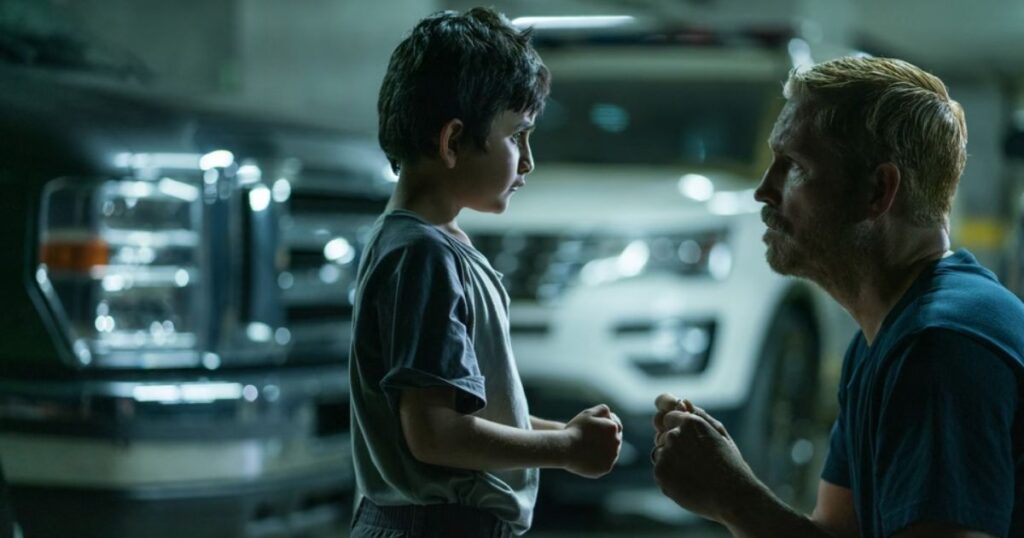
The cast’s commitment to authenticity extended beyond their performances. Many of the actors spent time with real-life anti-trafficking activists, including the actual Tim Ballard, to understand the realities of rescue operations.
This dedication to research is evident in the film’s attention to detail. From the portrayal of rescue tactics to the depiction of trafficking networks, “Sound of Freedom” strives for accuracy while maintaining its narrative drive.
The filmmakers also made efforts to shoot on location whenever possible, adding to the film’s realism. This commitment to authenticity helps immerse viewers in the world of the characters, making the stakes feel immediate and real.
The Role of Independent Films in Social Commentary
“Sound of Freedom” exemplifies the unique position independent films occupy in addressing complex social issues. Unbound by the constraints of major studio productions, indie films can take creative risks and tackle subjects that might be deemed too controversial for mainstream cinema.
This freedom allows for more nuanced storytelling, as seen in the layered performances of the “Sound of Freedom” cast. Each character, from Ballard to the traffickers, is presented with depth and complexity, avoiding one-dimensional portrayals.
The success of “Sound of Freedom” challenges the notion that socially conscious films can’t find a wide audience. It proves that when handled with care and skill, even the most difficult subjects can resonate with viewers.
The Psychological Toll of Filming
Portraying such heavy subject matter took an emotional toll on the cast. Many of the actors spoke about the difficulty of inhabiting their characters’ mindsets, particularly those playing traffickers or victims.
To address this, the production implemented on-set counseling services for cast and crew. This support system allowed the actors to fully commit to their roles while maintaining their mental well-being.
The cast’s willingness to engage with such challenging material speaks to their dedication to the project’s message. Their performances are all the more powerful for the personal investment each actor brought to their role.
The Power of Ensemble Casts in Tackling Complex Issues
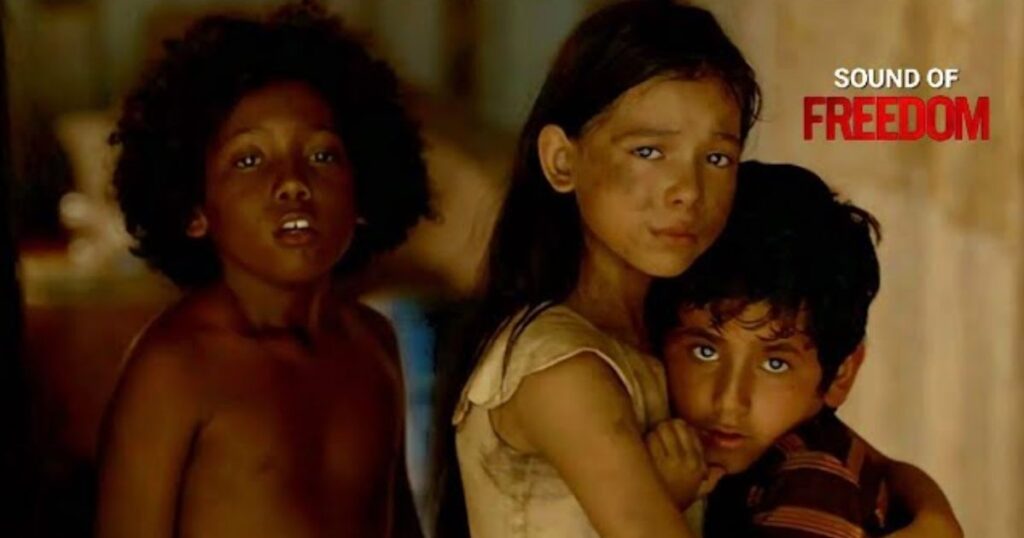
“Sound of Freedom” showcases the strength of ensemble storytelling in addressing multifaceted issues. By presenting multiple perspectives through its diverse cast, the film offers a comprehensive look at the complexities of child trafficking.
From Caviezel’s driven rescuer to Camp’s conflicted ex-cartel member, each performance adds a new layer to the narrative. This approach allows viewers to understand the issue from various angles, fostering a more nuanced discussion.
The chemistry between the cast members enhances the film’s emotional core. The relationships between characters, whether antagonistic or supportive, feel genuine, adding to the story’s impact.
The Real-Life Impact of “Sound of Freedom”
Beyond the box office numbers, “Sound of Freedom” has made a tangible impact on public awareness of child trafficking. The film has sparked conversations in communities across the country, leading to increased support for anti-trafficking organizations.
Many viewers have reported feeling compelled to take action after watching the film. Local police departments have noted an uptick in tips related to suspected trafficking activities. This real-world effect underscores the power of cinema to inspire social change.
The cast’s involvement didn’t end when filming wrapped. Many of the actors, including Jim Caviezel and Mira Sorvino, have used their platforms to continue raising awareness about child exploitation. Their ongoing advocacy adds depth to their on-screen performances.
Looking Ahead: The Future of Socially Conscious Cinema

The success of “Sound of Freedom” may signal a shift in audience appetites. While escapist blockbusters will always have their place, this film proves there’s a substantial market for thoughtful, socially relevant cinema.
As the film industry continues to evolve, we may see more projects that blend entertainment with social commentary. The “Sound of Freedom” cast demonstrates how star power can be leveraged to bring attention to important issues.
This trend could lead to more diverse storytelling, giving voice to underrepresented communities and shedding light on often-overlooked social problems. The film industry’s potential to drive social change may be more potent than ever.
Read Also These:
What is Steve Kazee Net Worth? (2024)
Keith Gill Wife: Exploring the Woman Behind the Legend
FAQ’s
Is Sound of Freedom based on a true story?
Yes, it’s based on the real-life experiences of Tim Ballard, a former Homeland Security agent who fights child trafficking.
Why was Sound of Freedom controversial?
The film faced controversy due to its sensitive subject matter and allegations of promoting conspiracy theories. Some critics questioned its portrayal of trafficking networks.
Has the sound of freedom been released?
Yes, “Sound of Freedom” was released in theaters on July 4, 2023.
Who was the lady in Sound of Freedom?
Mira Sorvino plays Katherine Ballard, Tim’s wife. Several other actresses portray various roles in the film.
What happened to the Sound of Freedom movie?
The film became an unexpected box office hit, grossing over $150 million despite limited initial distribution.
Who stars in the lead role of Tim Ballard?
Jim Caviezel plays Tim Ballard, the main character based on the real-life anti-trafficking activist.
What other big name actors are in the cast?
The cast includes Mira Sorvino, Bill Camp, and Eduardo Verástegui, among other established actors.
Are there any newcomers or fresh faces in the cast?
Yes, the film features newcomers like Cristal Aparicio as Rocío and Lucás Ávila as Miguel.
What was unique about the making of this film?
The film was made independently and faced distribution challenges before becoming a surprise hit. It tackled a sensitive subject with a mix of established and new talent.
Final Words
“Sound of Freedom” shook up Hollywood, proving an indie film about child trafficking could outshine big-budget superhero flicks. Led by Jim Caviezel as Tim Ballard, the cast brings raw emotion to a tough topic.
Oscar-winner Mira Sorvino and veteran Bill Camp add star power, while newcomers Cristal Aparicio and Lucás Ávila deliver heartfelt performances as trafficked siblings. The film doesn’t shy away from the dark reality of its subject, but finds moments of hope too.
Behind the scenes, the team worked with experts to handle the sensitive material responsibly. The cast’s dedication shows in their nuanced portrayals.
Despite controversy and distribution hurdles, “Sound of Freedom” resonated with audiences, sparking conversations about child exploitation. It proves that movies can entertain and inspire change, reminding us of cinema’s power to tackle real-world issues.

Hello, I’m Amelia Eva a dynamic author at TrendOxygen.com, specializing in Tech, Lifestyle, Business, Entertainment, and Sports. Passionate about uncovering the latest trends, my articles offer a broad range of topics, delivering insightful and captivating content for readers.
With an exceptional ability to simplify complex concepts, I make my writing approachable for everyone. Follow me on TrendOxygen.com for fresh insights and the latest updates on what’s trending in the world of technology, lifestyle, and beyond.


